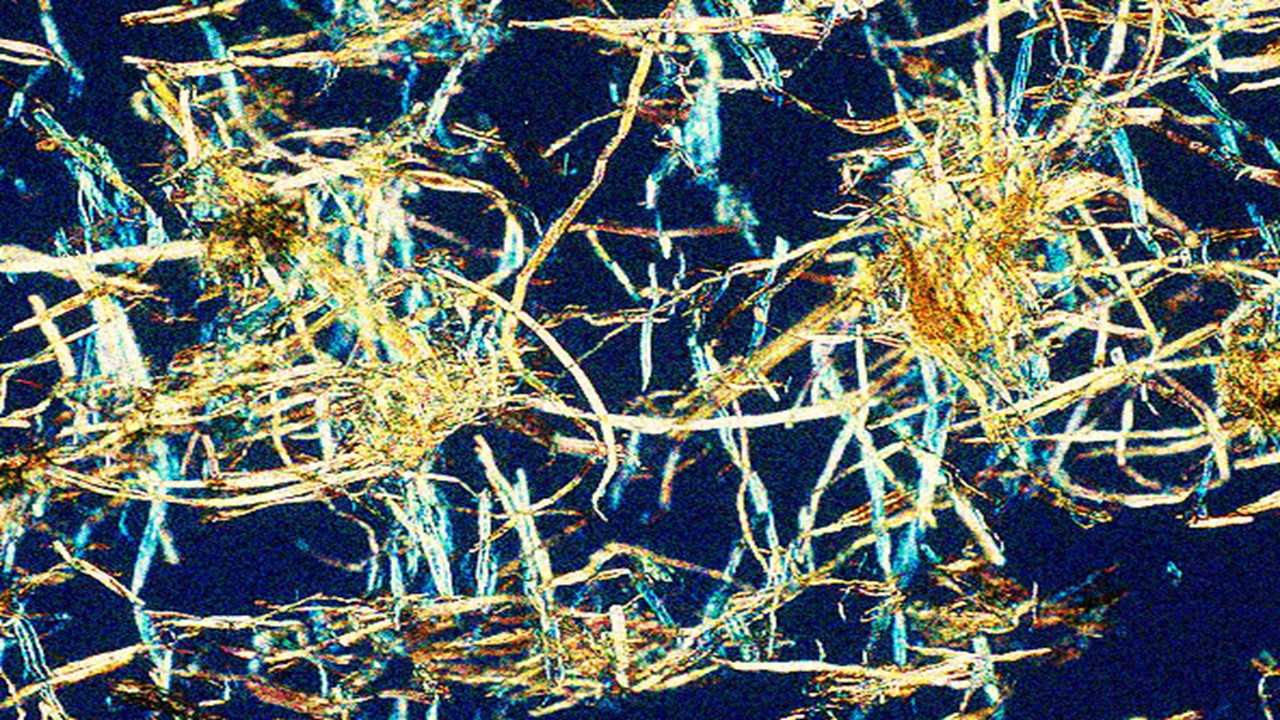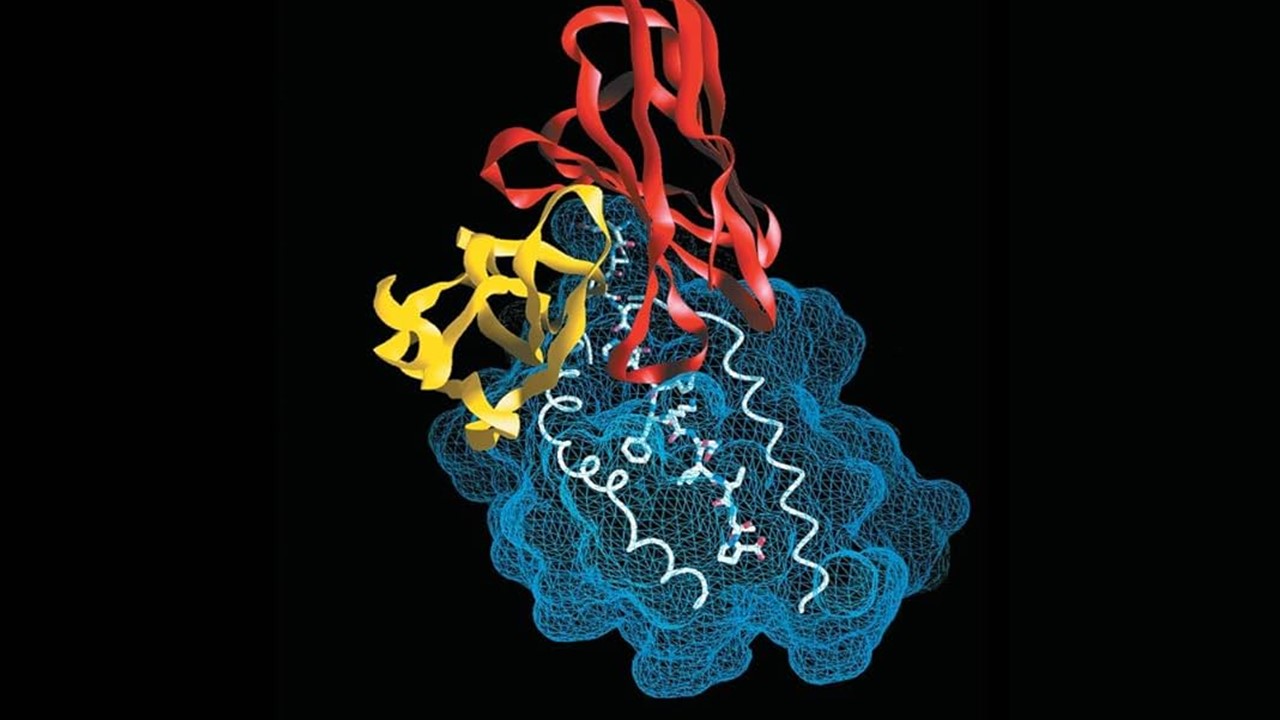A Two-Decade Promise Awaits Fulfillment
Two decades have passed since small interfering RNA (siRNA) first captivated the scientific world with its promise to revolutionize gene silencing. Heralded as the “Molecule of the Year” in 2002, siRNA has since demonstrated its potential across a wide range of applications, from agricultural innovation to human therapeutics. Today, FDA-approved siRNA therapies effectively target liver-related diseases such as hypercholesterolemia and acute hepatic porphyria. However, the potential to extend siRNA therapies to extrahepatic targets, particularly solid tumors, remains unrealized. The challenge lies not in the science of siRNA but in the engineering of effective delivery systems—an enduring bottleneck that limits siRNA’s broader clinical utility.
Unlike liver-targeted siRNA therapies, which benefit from the simplicity of GalNAc conjugates and efficient hepatic uptake, tumor-directed siRNA therapies face an array of barriers. Issues such as nanoparticle instability, short systemic half-life, and inconsistent tumor penetration have hindered their clinical translation. Compounding these challenges is the complexity of the carriers themselves—layered with functional components that make them expensive and difficult to scale. Against this backdrop, a new, elegant solution has emerged: a simple and effective delivery system based on linear histidine-lysine (HK) peptides. By embedding tumor-targeting components directly into the peptide structure, these carriers offer a promising new path for siRNA therapeutics in oncology.
Breaking Through: Overcoming Barriers to siRNA Delivery in Tumors
Delivering siRNA to solid tumors has long been a formidable challenge. Unlike hepatocytes, which are uniquely suited to take up GalNAc-conjugated siRNA, tumor cells are protected by structural and biochemical barriers that limit drug penetration. Most siRNA nanoparticles rely on the Enhanced Permeability and Retention (EPR) effect, where leaky tumor vasculature permits larger particles to accumulate. However, the EPR effect is highly variable and unreliable, leading to inconsistent drug delivery. HK peptides circumvent this dependency by leveraging an alternative mechanism: the neuropilin-1 (NRP-1) transport pathway.
NRP-1, a receptor expressed on both tumor cells and the surrounding endothelial cells, recognizes specific amino acid motifs, including the -KHHK- sequence found in HK peptides. This receptor-mediated pathway facilitates the direct and efficient uptake of siRNA-loaded polyplexes into tumors. Preclinical studies demonstrate that HK-based carriers achieve widespread distribution within tumors without relying on EPR-mediated accumulation, setting them apart from traditional nanoparticle systems.
Another major barrier to effective siRNA delivery is the complexity of traditional carriers, which are often multi-layered and difficult to reproduce. HK peptides, by contrast, offer a streamlined design. The tumor-targeting-KHHK- motif is seamlessly integrated into the linear peptide structure, eliminating the need for external ligands or chemical modifications. This simplicity not only reduces manufacturing costs but also enhances reproducibility, making HK peptides a viable option for large-scale clinical trials.
In Vitro Success: The Power of Polymerized HK Peptides
Initial experiments with HK peptides revealed their potential to overcome long-standing limitations in siRNA delivery. When tested against luciferase-expressing tumor cells, polymerized HK peptides (H2K-P) significantly outperformed their unpolymerized counterparts in silencing luciferase activity. By forming stable polyplexes with siRNA, H2K-P demonstrated a capacity for efficient intracellular delivery, an essential prerequisite for therapeutic efficacy.
Interestingly, the polymerized form of H2K exhibited enhanced stability compared to its linear counterpart, forming robust complexes even at low peptide-to-siRNA ratios. Stability was confirmed through gel electrophoresis, where polyplexes remained intact under electrophoretic conditions—a critical measure of their readiness for systemic administration. Moreover, brief bath sonication of the polyplexes further improved their silencing efficacy, a finding that underscores the importance of optimizing formulation parameters.
While branched peptides like H3K(+H)4b showed superior silencing in vitro, their complex synthesis and limited scalability detract from their clinical utility. H2K-P, in contrast, strikes a balance between efficacy and simplicity, offering a more practical solution for therapeutic development. These findings mark an important step toward creating siRNA delivery systems that are both effective and accessible.
Tumor Targeting In Vivo: A Paradigm Shift in siRNA Therapy
The true potential of HK peptides became evident in in vivo studies, where they demonstrated remarkable efficacy in silencing tumor markers. In a mouse model of melanoma, H2K-P siRNA polyplexes achieved significant reductions in luciferase activity within 48 hours of administration. Unlike traditional carriers, which often fail to translate in vitro success into in vivo efficacy, H2K-P delivered consistent results across multiple tumor models.
The NRP-1 transport system played a pivotal role in this success. Pre-treatment with an NRP-1-blocking antibody dramatically reduced the uptake of H2K-P polyplexes into tumors, confirming that the -KHHK- motif is critical for receptor-mediated delivery. Notably, the silencing efficacy of H2K-P was maintained when combined with other HK peptides, such as H3K-33 and H2K-CO2H, which further enhanced its performance. By targeting both luciferase and oncogenes like Raf-1, these polyplexes demonstrated their versatility and potential for therapeutic applications.
Another intriguing aspect of H2K-P’s performance was its independence from particle size constraints. Unlike EPR-dependent nanoparticles, which must be carefully optimized for size and charge, NRP-1-mediated delivery allows for a wider range of polyplex sizes. This flexibility could simplify the development process and expand the range of tumors amenable to siRNA therapy.
Beyond the Lab: Realizing Clinical Potential
The simplicity and efficacy of HK peptides position them as strong candidates for clinical translation. However, several challenges remain. One potential obstacle is the heterogeneity of NRP-1 expression across tumor types. While NRP-1 is upregulated in many aggressive cancers, including triple-negative breast cancer and pancreatic tumors, its expression is not universal. Further research is needed to identify biomarkers that predict NRP-1 expression and tailor therapies accordingly.
Safety and toxicity are also critical considerations. While preclinical studies indicate that HK peptides are non-toxic at therapeutic doses, extensive testing will be required to establish their safety profile in humans. Additionally, the scalability of HK peptide synthesis must be optimized to ensure cost-effective production at commercial levels. Advances in peptide synthesis and purification technologies are likely to play a key role in addressing these challenges.
Finally, the therapeutic scope of HK peptides extends beyond oncology. By modifying the peptide sequence or payload, researchers could adapt this platform for other diseases, including fibrosis, neurodegeneration, and infectious diseases. This versatility underscores the broader impact of HK peptides as a delivery technology.
Pioneering a New Era in siRNA Therapeutics
HK peptides represent a transformative approach to siRNA delivery, addressing longstanding barriers that have limited the application of this powerful technology to liver-related diseases. By leveraging receptor-mediated transport and simplifying nanoparticle design, HK peptides offer a scalable, effective solution for targeting tumors. Preclinical studies highlight their potential to silence oncogenes and suppress tumor growth, paving the way for future clinical trials.
As researchers continue to refine and expand this platform, HK peptides could unlock new possibilities for siRNA therapeutics, from personalized cancer treatments to interventions for previously untreatable conditions. In the realm of gene silencing, the next chapter is being written—and HK peptides are poised to play a starring role.
Study DOI: https://doi.org/10.3390/molecules29235541
Engr. Dex Marco Tiu Guibelondo, B.Sc. Pharm, R.Ph., B.Sc. CpE
Subscribe
to get our
LATEST NEWS
Related Posts

Medicinal Chemistry & Pharmacology
Aerogel Pharmaceutics Reimagined: How Chitosan-Based Aerogels and Hybrid Computational Models Are Reshaping Nasal Drug Delivery Systems
Simulating with precision and formulating with insight, the future of pharmacology becomes not just predictive but programmable, one cell at a time.

Medicinal Chemistry & Pharmacology
Coprocessed for Compression: Reengineering Metformin Hydrochloride with Hydroxypropyl Cellulose via Coprecipitation for Direct Compression Enhancement
In manufacturing, minimizing granulation lines, drying tunnels, and multiple milling stages reduces equipment costs, process footprint, and energy consumption.

Medicinal Chemistry & Pharmacology
Decoding Molecular Libraries: Error-Resilient Sequencing Analysis and Multidimensional Pattern Recognition
tagFinder exemplifies the convergence of computational innovation and chemical biology, offering a robust framework to navigate the complexities of DNA-encoded science













